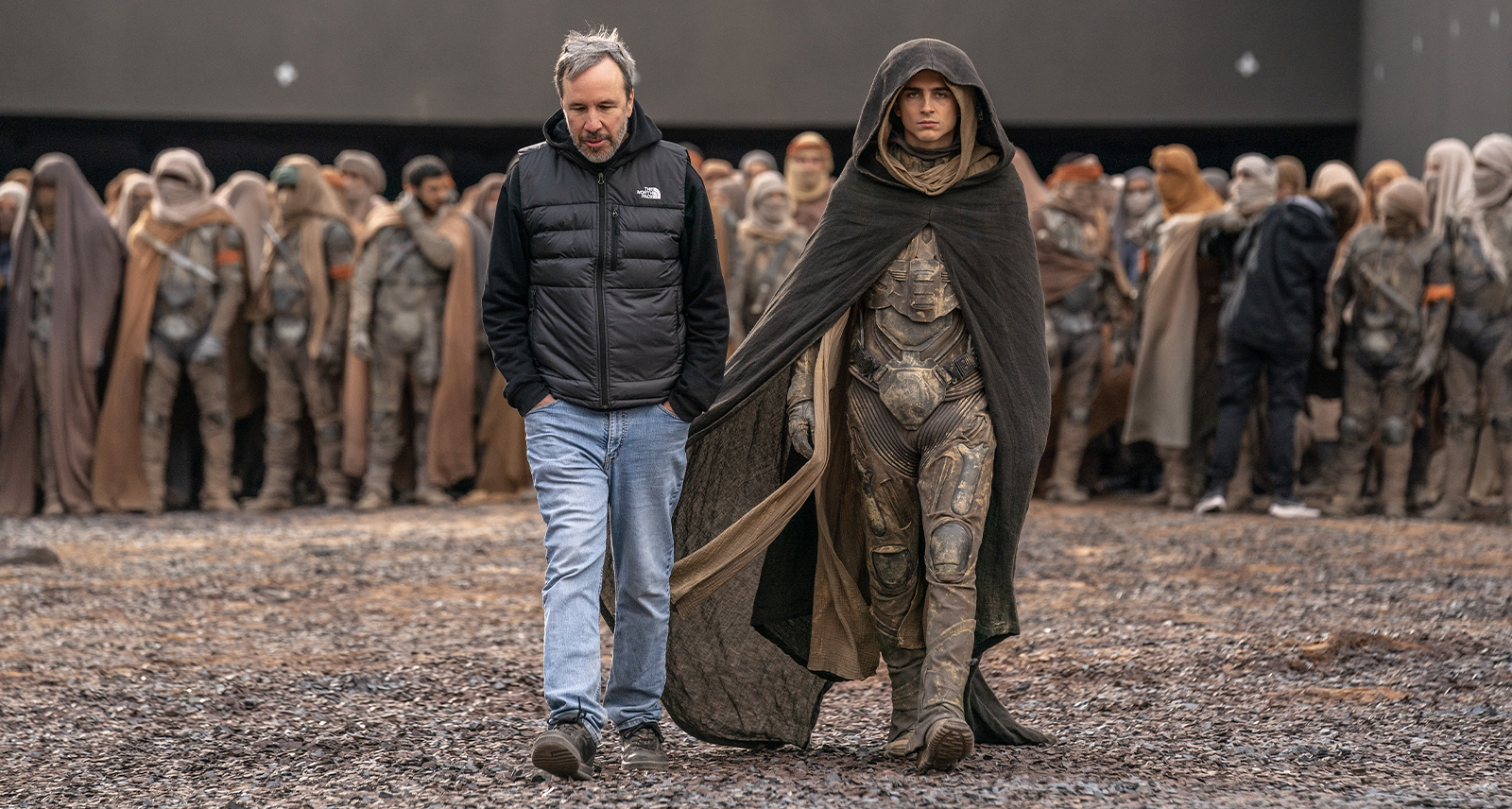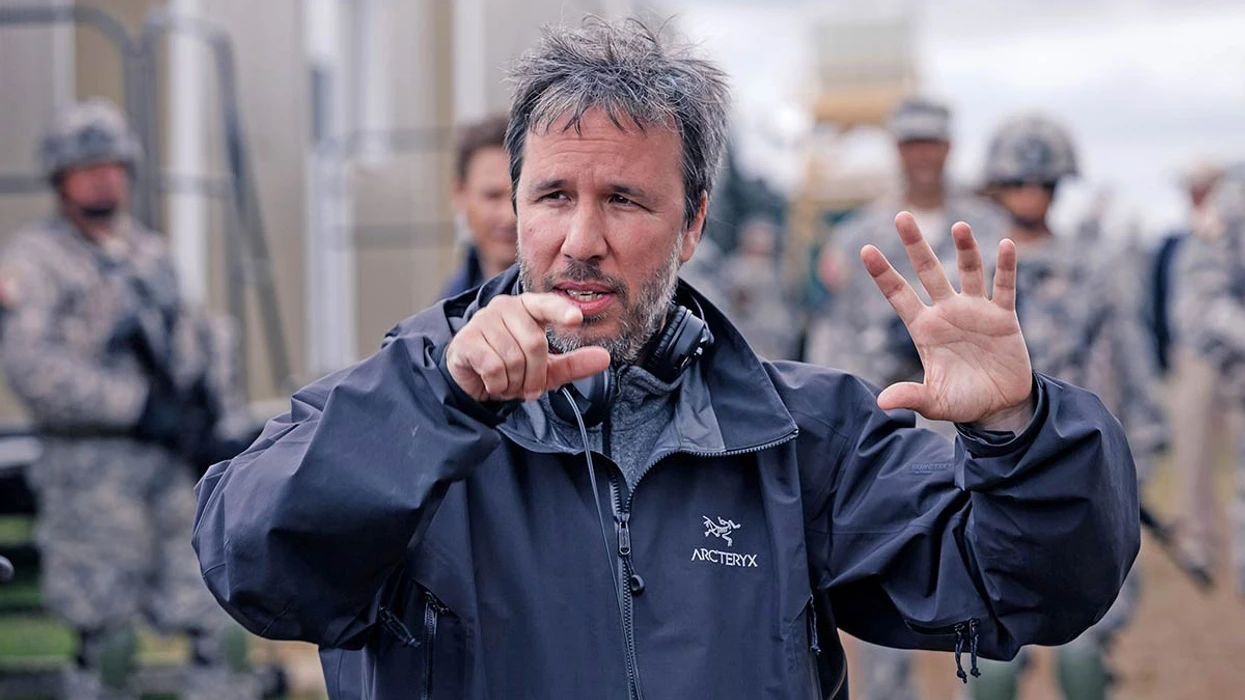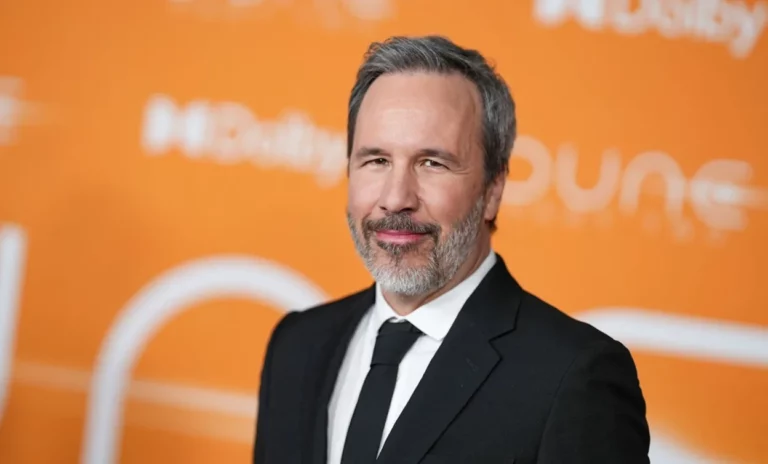In the vast, arid landscapes of “Dune,” every grain of sand tells a story of resilience and ambition—not just within the plot but also behind the scenes. Denis Villeneuve, the acclaimed director behind the epic adaptation, once harbored ambitions to emulate Peter Jackson’s monumental feat with “The Lord of the Rings” trilogy by filming “Dune: Part One” and “Part Two” simultaneously. However, Villeneuve’s decision to adjust course may have been a life-saving one, proving sometimes, deviating from the plan can bring unforeseen benefits.

A Vision Too Grand?
Initially, Villeneuve envisioned a grand production strategy that would streamline the filming process and maintain thematic and visual consistency across both movies.
“I wanted at the beginning to do the two parts simultaneously. For several reasons, it didn’t happen, and I agreed to the challenge of making part one and then wait to see if the movie rings enough enthusiasm,”
Villeneuve shared in an interview with Variety. His pivot from this strategy wasn’t just a logistical decision but a nod to personal and team health dynamics.

The Harsh Realities of the Desert
Filming in the harsh, unyielding desert presented more than a mere backdrop challenge—it was a daily grind that tested the limits of the entire crew. Villeneuve’s reflections to Screen Crush highlighted the stark contrasts between his chosen environment and Jackson’s more temperate New Zealand locales.
Villeneuve remarked humorously, acknowledging the physical toll that such an undertaking would have demanded. It’s a stark reminder of the physical realities that filmmakers often endure in bringing their visions to life.
Learning from the Past
Peter Jackson’s success with “The Lord of the Rings,” where all three films were shot over a relatively short period, loomed large as an ambitious blueprint. Jackson, in retrospection shared via CBBC Newsround, noted,
“We’re in an interesting position in that we shot all three LOTR films at the same time.”
This method, while efficient, required a favorable setting and considerable resources, boasting a budget of $281 million across the trilogy. Villeneuve, facing different circumstances, chose a more cautious path that ultimately benefited not only his well-being but also the quality of the film.
https://twitter.com/JohnnySobczak/status/1428688659906183174
The Gods of Cinema and a Tale of Two Parts
Post “Dune: Part One,” the cast and crew were afforded a crucial period of rest, a luxury that might not have been available had they plowed ahead with back-to-back shooting schedules. Villeneuve expressed his gratitude for this outcome, crediting the “gods of cinema” for the serendipitous timing that allowed for recovery and reflection before proceeding with “Part Two.”

Conclusion: The Fortuitous Path of Creative Filmmaking
Denis Villeneuve’s journey with “Dune” underscores the unpredictable nature of creative endeavors. What initially might seem like a setback can transform into a vital strategic advantage. His experience offers a valuable lesson in the filmmaking world: flexibility and adaptability can be just as important as vision and ambition. As both parts of “Dune” and the entirety of “The Lord of the Rings” trilogy continue to captivate audiences on Amazon Prime, viewers now have a deeper insight into the monumental efforts that go into such epic storytelling—each choice and change a narrative of its own.

